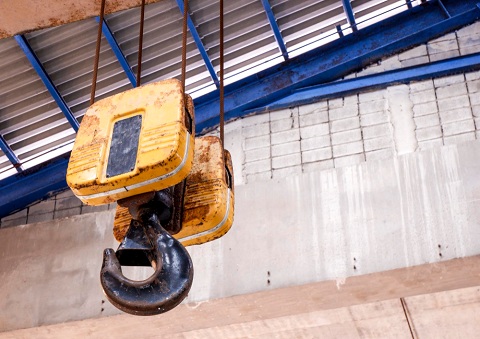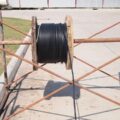Scissor lifts are versatile machines used in various industries for accessing heights safely and efficiently. Whether you’re in construction, maintenance, warehousing, or any other sector requiring elevated workspaces, selecting the appropriate scissor lift is crucial for ensuring productivity, safety, and cost-effectiveness.
Understanding Your Needs
Before diving into the myriad of options available, it’s essential to assess your specific requirements. Consider factors such as the height and type of work you’ll be undertaking, the terrain, indoor or outdoor use, weight capacity, and maneuverability. Understanding these aspects will narrow down your choices and help you make a more informed decision.
Types of Scissor Lifts
Scissor lifts come in various types, each designed for specific applications:
- Electric Scissor Lifts: Ideal for indoor use due to their zero-emission operation and quieter performance.
- Rough Terrain Scissor Lifts: Equipped with robust tires and powerful engines, these are suitable for outdoor use on uneven surfaces.
- Hydraulic Scissor Lifts: Known for their heavy lifting capabilities, hydraulic scissor lifts are commonly used in construction and industrial settings.
- Compact Scissor Lifts: Designed for tight spaces, these lifts offer maneuverability in confined areas such as warehouses and narrow aisles.
Height and Reach Requirements
One of the primary considerations when choosing a scissor lift is the required working height. Measure the maximum height you’ll need to reach in your work environment. Ensure that the scissor lift you select offers sufficient elevation to access your designated work areas safely.
Weight Capacity
Another critical factor is the lift’s weight capacity. Exceeding the weight limit poses significant safety risks and could lead to accidents. Calculate the total weight of personnel, tools, and materials that will be on the lift simultaneously to ensure it falls within the specified capacity of the chosen model.
Platform Size and Configuration
The platform size and configuration should accommodate your workspace requirements. Consider the dimensions of the materials and equipment you’ll be using on the lift. Additionally, opt for platforms with guardrails and non-slip surfaces to enhance safety.
Mobility and Maneuverability
Evaluate the maneuverability of the scissor lift, especially if you’ll be working in tight or congested areas. Look for features such as zero-degree turning radius and compact dimensions for enhanced mobility. Assess the terrain where the lift will be operated to determine whether you need a model with all-terrain capabilities.
Safety Features

Prioritise safety features when selecting a scissor lift. Look for features such as emergency stop buttons, overload protection, tilt sensors, and automatic descent systems. Additionally, ensure that the lift complies with relevant safety standards and regulations.
Maintenance and Serviceability
Regular maintenance is essential for keeping your scissor lift in optimal condition and prolonging its lifespan. Choose a model with accessible components for ease of servicing. Consider the availability of spare parts and the manufacturer’s reputation for reliability and customer support.
Cost Considerations
While cost is an important factor, it shouldn’t be the sole determining factor. Instead, focus on the overall value proposition offered by the scissor lift, considering factors such as productivity, safety, durability, and long-term maintenance costs.
Conclusion
If you’re in the market for a scissor lift, there are numerous options available to suit your specific needs. Whether you’re searching for a scissor lift for sale to enhance indoor productivity or a rough terrain model for outdoor applications, it’s crucial to consider factors such as height requirements, weight capacity, and safety features. Take the time to explore the diverse range of scissor lifts on offer, ensuring that you find the perfect match for your work environment and requirements.




